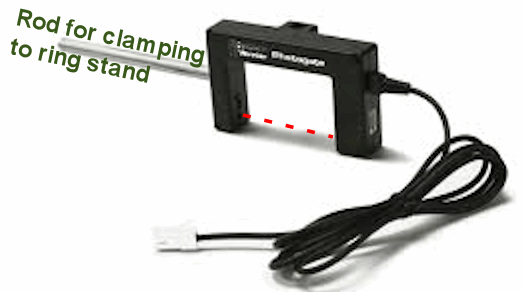Yesterday
Yesterday you had time to develop your skills at collecting data with the Vernier Photogates and/or Motion sensor. Today it’s time to collect the data.
Today
Review your lab goals and procedures from Tuesday’s description. Your goal today is to collect pre- and post- collision data for both of your carts in four different variations (e.g. changing the mass, changing the velocity, changing the direction of the cars).
Data collection

- Set up your ramp so you can record the data both before and after the collision.
- Before you start collecting data, make a bullet list of all the variables you will measure. Include the following for each variable:
- where you will find that number (on what device)
- the units for each measurements
- the uncertainty of each measurement (remember that with digital readouts, we assume ±1 of the lowest decimal place provided by the measuring device).
- Create a data table in your lab book, including three trials for your four different collision types.
- Collect your data, then enter it into a Google or Excel spreadsheet (we will want to do more processing of the data than Desmos can handle, although you may want to ‘copy and paste’ the data into Desmos later for plotting).
- After you have completed collecting data for your four collisions, start with your explosion data collection if you have time.

